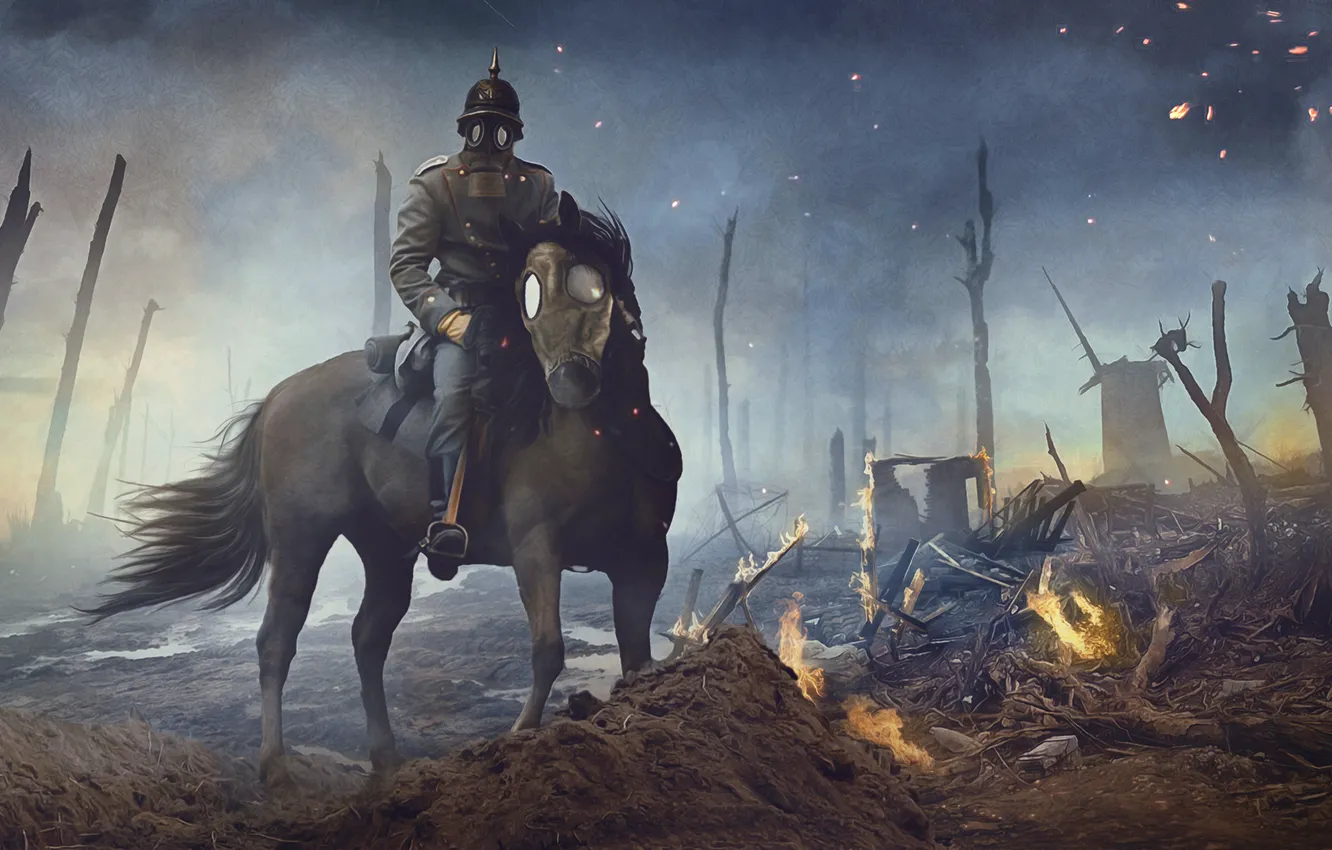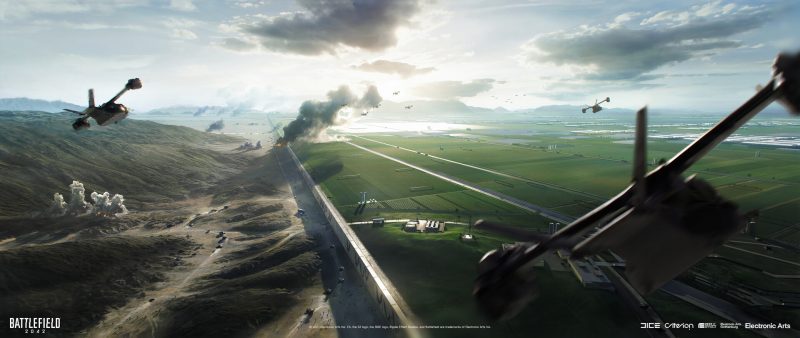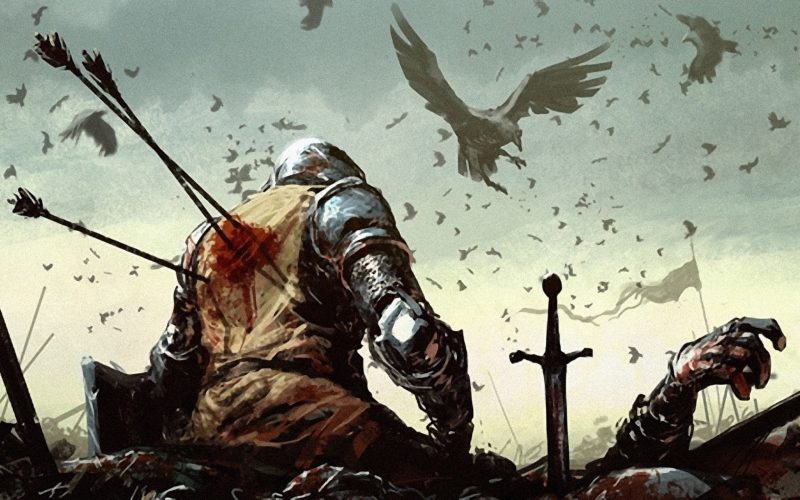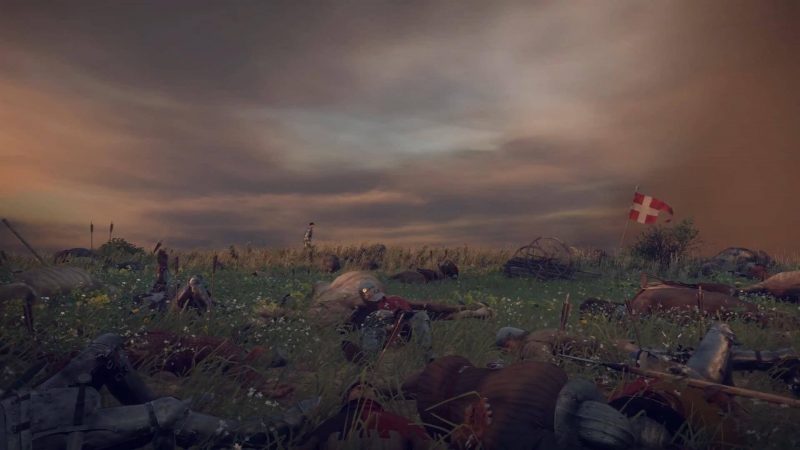Contents

Throughout history, horses have played a vital role in military operations. These noble animals, with their strength, courage, and unwavering loyalty, have been the trusted companions of soldiers on the battlefield. From the bloody battles of Washington’s era in 1763–1790 to the major wars of the 20th century, horses have been there, serving as mounts for military personnel.
One such horse is Sergeant Reckless, a true hero of the Korean War. This brave mare, owned by a U.S. Marine, carried ammunition and supplies to the front lines, often under heavy fire. Despite the chaos and danger surrounding her, Sergeant Reckless remained calm and focused, earning the respect and admiration of her fellow soldiers. Her story is one of the many untold tales of horses of war.
The horses of war have not only been valued for their physical abilities but also for their incredible bond with their human counterparts. They’ve shared the heat, the thirst, and the wounds of battle. Some have even been buried alongside their fallen owners, a testament to the deep connection formed between man and horse.
In addition to horses, mules also played a significant role in military operations. These sturdy animals were often used to transport supplies and equipment in challenging terrains, such as the Western Front during World War I. Known for their strength and endurance, mules proved invaluable in supporting troops in their march to victory.
It’s not just the Western Front where horses and mules served; the bravery of these animals can be seen on battlefields around the world. From the Belgian beer wagons in World War II to the New Zealand cavalry in the heat of the Pacific theatre, horses and mules have been vital assets in military operations.
Despite their contributions, the plight of these unsung heroes is often overlooked. As the world changed and military tactics evolved, the role of horses and mules in warfare diminished. However, their importance should never be forgotten. They’ve been the silent witnesses to history, and it is through the appreciation of their stories that we can thank them for their service and sacrifice.
Comanche c 1868–1891
One of the most famous horses of war, Comanche served with the U.S. military from 1868 to 1891. He was an unsung hero who played a crucial role in numerous battles during his years of service.
Born in 1868, Comanche was a striking black horse with a full-bred pedigree. He was known for his strength, endurance, and fearless nature. Comanche was without a doubt one of the true heroes on the battlefield.
Comanche’s journey began in 1868 when he was adopted by the U.S. military. Despite the heat, harsh conditions, and the dangers of battle, Comanche proved to be an exceptional horseback mount. He had been trained to remain calm in the midst of gunfire and chaos, allowing his rider to focus on the task at hand.
Comanche’s Role in Battle
Comanche participated in many major battles, including the Battle of the Little Bighorn in 1876 and the Battle of the Washita in 1868. In these battles, he carried his owner, Captain Myles Keogh, through the chaos and danger, never faltering in his duty.
Comanche’s courage and bravery saved his owner’s life during the Battle of the Little Bighorn. Keogh was killed in battle, but Comanche survived with severe injuries. Comanche became a symbol of resilience and was hailed as a true war hero.
Life After War
After the war, Comanche was relocated to Fort Riley, Kansas, where he lived out the remainder of his days. He became the beloved mascot of the 7th Cavalry Regiment and received much love and appreciation from his military family.
Comanche passed away in 1891 and was buried with full military honors at Fort Riley. His legacy lives on as a symbol of courage and dedication.
| Name | Comanche |
| Years of Service | 1868–1891 |
| Role | War Horse |
| Owner | Captain Myles Keogh |
| Notable Battles | Battle of the Little Bighorn, Battle of the Washita |
| Legacy | Symbol of courage and dedication |
Comanche, along with other horses of war, played a crucial role in military history. These animals are often overlooked, but their contributions to the battlefield are immeasurable. We owe them our utmost respect and appreciation for their unwavering service and sacrifice.
Nelson 1763–1790
Nelson, a black and brave horse, served as one of the unsung heroes on the battlefield during the American Revolutionary War. Owned by Major General William Washington, Nelson proved to be a true hero in combat, serving under the command of General George Washington. His story is a testament to the bravery and loyalty of the horses of war.
When the war broke out in 1775, Nelson was just twelve years old, but he quickly proved his worth on the battlefield. He was instrumental in the major battles of the war, including the Battle of Germantown in 1777 and the Battle of Monmouth in 1778, where his speed and courage saved many lives.
Nelson’s military career was cut short when he was wounded in battle in 1781. Despite his injuries, Nelson still managed to carry his rider, Sergeant Thomas Brooke, to safety. Following the war, Nelson was retired and relocated to Virginia where he lived out the rest of his days. He passed away in 1790, but his memory lives on as one of the brave horses who served their country without hesitation.
Traveller 1857–1871
The story of Traveller, General Robert E. Lee’s beloved horse, is one of the most unsung tales of heroism and loyalty on the battlefield. Throughout the Washingtons battles in the Civil War, Traveller proved to be a true hero, serving as an instrumental and brave companion to Lee.
The Untold Heroes
Traveller was a black horse bred by Major Thomas L. Brooke and then adopted by Lee. From 1857 to 1871, this remarkable horse had been through it all. He marched in the bloody battles where over a million soldiers lost their lives, and he never once faltered.
A True Warrior
Traveller carried Lee through the heat of the battlefield, the freezing cold, and the harsh conditions of war. His role as a trusted companion to Lee never wavered, and his loyalty was unwavering.
Traveller was wounded multiple times, but he bravely continued to fight alongside his familiar rider. His courage and strength were unmatched, and he became a symbol of resilience and determination.
Unsung Heroes
Horses like Traveller played a pivotal role in the Civil War. They served as an essential mode of transportation, allowing soldiers to maneuver quickly on the battlefield. Without these noble animals, the outcome of many battles could have been very different.
Traveller’s story is just one example of the countless horses who fought and died alongside their human counterparts. Their contributions and sacrifices are often overlooked, but they played a vital role in the war effort.
It’s important to remember and appreciate the unsung heroes, both human and animal, who fought bravely without expectation of thanks or praise. Traveller and his fellow horses deserve our respect and admiration for their unwavering service in the face of danger.
Black Jack 1947–1976
Black Jack was a brave and true horse who lived from 1947 to 1976. He was bred in the United States and became a military horse that played a significant role in the battlefield. Black Jack was a striking horse with his black coat and strong build.
Black Jack was originally named “Black” but was then changed to “Black Jack” after General John J. “Black Jack” Pershing. General Pershing was the commander of the American Expeditionary Forces during World War I.
Black Jack was adopted by the 1st Cavalry Division in 1952 and served as a caparisoned horse, which is a horse that participates in military funerals without a rider. He became the last caparisoned horse of the United States Army.
Throughout his career, Black Jack participated in many military events, including the funerals of President John F. Kennedy and General Pershing. He was also ridden by Sergeant Reckless, a mare who served during the Korean War and became a national hero.
Black Jack was retired in 1973 and was sent to Fort Myer, Virginia, where he lived out the rest of his days. He was buried with full honors at the Old Guard’s pet cemetery at Fort Myer, next to other military animals.
The Unsung Heroes
Black Jack was just one of the many unsung heroes of war. Horses played a vital role in combat throughout history, carrying soldiers into battle and often risking their lives to do so. They’ve been instrumental in many military campaigns, from the American Revolutionary War to World War I and beyond.
During the American Revolutionary War, horses were the primary mode of transportation for soldiers. General George Washington’s horse, Nelson, was one of the most famous mounts of the war. Without horses, the soldiers couldn’t have marched as quickly or covered as much ground.
In the Civil War, horses were used for cavalry charges and transporting supplies. Traveller, General Robert E. Lee’s horse, was known for his bravery and loyalty. He carried Lee through the war and became one of the most famous horses in American history.
The Story of Comanche
Comanche was another famous war horse. He was a horse that was found on the battlefield after the Battle of the Little Bighorn in 1876. Despite suffering severe wounds, Comanche survived, and he became a symbol of resilience and bravery.
Comanche was considered the “sole survivor” of the battle and became a national hero. He was retired and lived out the rest of his days at Fort Riley, Kansas. Comanche’s story is a testament to the incredible courage and loyalty of these animals.
The role of horses in warfare has dwindled in modern times, with technology taking over many of their jobs. But their contributions and sacrifices should never be forgotten. They’ve played a vital role in shaping history and deserve our thanks and admiration.
Are Horses The Unsung Heroes Of The Military?
Most of us are familiar with the story of Traveller, the horse ridden by General Robert E. Lee during the American Civil War. However, the contributions of horses in warfare extend far beyond this iconic horse. Throughout history, horses have played a vital role on the battlefield, carrying soldiers, delivering messages, and serving as instruments of combat.
Instrumental in Battle
One of the most famous horses in military history is Comanche. The horse belonged to Captain Myles Keogh, and together they became legendary for their brave acts during the Battle of the Little Bighorn in 1876. Comanche survived the battle, making him the only member of the 7th Cavalry to come out alive. His story is a testament to the resilience and bravery of horses in the face of danger.
In more recent times, horses have been utilized in combat in fewer numbers. However, they still play a crucial role in certain units and during specific missions. For example, the New Zealand Army still uses horses for ceremonial occasions and patrol work, highlighting the continuing worth of these magnificent animals in modern warfare.
Military Horses Through History

Horses have faced immense challenges throughout history, enduring the hardships of war without recognition. The horse named Bunny, owned by Lieutenant Brooke C. Nelson from 1948 to 1968, was one such animal who lived through the perilous times of the Korean and Vietnam Wars. Bunny carried Lt. Brooke through numerous battles and never failed his loyal companion.
During World War I, horses were subjected to the horrors of the battlefield, enduring the noise, chaos, and bloody scenes alongside their human counterparts. In fact, over 1.5 million horses were used on the Western Front alone. Many of them were bred in Belgium and soon found themselves buried beneath the battlefields.
The true plight of horses during war is often overlooked, with their stories overshadowed by the human experience. However, without these brave and loyal creatures, many battles would not have been won and lives would have been lost.
The Value of Horses in War
Horses provided a crucial advantage on the battlefield, enabling soldiers to travel swiftly and effectively. They were faster than foot soldiers and more agile than mules, allowing for better maneuverability in combat. Horses were a reliable means of transportation, enabling troops to cover long distances and carry heavy loads.
In addition to their practical benefits, horses also acted as morale boosters for soldiers. The bond between a soldier and his horse provided companionship and emotional support, particularly during the darkest times of war. Horses were sources of comfort and familiarity in an otherwise harsh and unfamiliar environment.
Today, the role of horses in the military has evolved, but they still hold a special place in various units and ceremonies. Their presence is a reminder of the rich history and tradition associated with mounted troops.
In conclusion, horses have been the unsung heroes of the military. They have served alongside soldiers throughout history, carrying them into battle and providing unwavering support. It is important to recognize and appreciate the sacrifices they have made, as well as the instrumental role they have played in the success of countless military campaigns. So, next time you see a soldier in uniform, remember to thank the four-legged heroes who have been by their side.
Sergeant Reckless 1948-1968
Sergeant Reckless, a brave black horse, was born in 1948. She was originally named “Flame” and was bred in Korea. However, she was soon relocated to the United States by American military personnel during the Korean War.
Under the ownership of Lieutenant Eric Pedersen, Sergeant Reckless quickly proved her worth on the battlefield. Known for her striking courage, she was soon adopted by the Marine Corps and assigned to the Recoilless Rifle Platoon of the 5th Marine Regiment.
Sergeant Reckless lived up to her name, carrying munitions and supplies to the front lines. She would make the dangerous trek up and down the hills of the Korean War zone, even with wounds from shrapnel and refusing food and water. Her dedication and determination earned her the rank of a sergeant.
Throughout her service, Sergeant Reckless participated in many battles, including the Battle of Outpost Vegas and the Battle of the Punchbowl. In each engagement, she carried ammunition to the troops and would then evacuate the wounded, all while being under constant enemy fire.
It was in the Battle of Outpost Vegas where Sergeant Reckless truly became a hero. On one occasion, she made 51 trips in a single day, carrying a total of almost five tons of ammunition. She would travel alone, following the sound of gunfire, and return to the base without any guidance.
Sergeant Reckless’ most famous exploit came during the Battle of the Punchbowl in 1952. She made a remarkable 50-mile journey through rough terrain, often under enemy fire, to deliver ammunition to her unit. She then returned to the base, safely carrying wounded Marines on her back.
Her incredible bravery and unwavering loyalty made Sergeant Reckless a beloved member of the Marine Corps. She received several awards for her service, including two Purple Hearts and the Marine Corps Good Conduct Medal.
Later Years and Recognition
After the war, Sergeant Reckless returned to the United States with the Marines. She lived at Camp Pendleton, where she was promoted to staff sergeant and eventually retired. She spent her final years relaxing and grazing in a pasture, surrounded by admirers.
In 1959, a book was published about Sergeant Reckless’ heroic actions, titled “Sgt. Reckless: America’s War Horse.” Her story also attracted the attention of the public, and she was featured in various magazine articles and television shows.
In 1997, Sergeant Reckless was awarded the Dickin Medal, the highest honor for an animal in war, by the People’s Dispensary for Sick Animals. She was the first Marine Corps horse and the 68th animal overall to receive the prestigious award.
Legacy
Sergeant Reckless’ legacy lives on today. A life-size bronze statue of her can be found at the National Museum of the Marine Corps in Virginia. She has also been honored with a memorial at Camp Pendleton, California, where she is buried with full military honors.
Sergeant Reckless’ story serves as a reminder of the bravery and sacrifice of animals in war. Her exceptional service and loyalty have made her one of the most celebrated and beloved military horses in history.
New Zealand War Horses
During the western-based conflicts in the 19th century, New Zealand war horses played a crucial role. These unsung heroes served alongside their human counterparts, facing the perils of war on the battlefield.
The New Zealand Mounted Rifles, a national military unit, was formed in 1911 and played a significant role in both World Wars. But even before the formation of this unit, horses had been an integral part of military operations in the country.
Horses as Washingtons in Battle
When New Zealand became a British colony in 1840, horses played a vital role in combat as mounts for soldiers. These brave animals were on the front lines, carrying brave soldiers into battle.
In the late 1800s and early 1900s, the New Zealand military adopted a policy of adopting horses from Washington to supplement the limited number of horses available in the country. These horses, many of which were brought from Belgium, proved their worth on the battlefield.
Sergeant Major Jack Reckless

One of the most famous New Zealand war horses was Sergeant Major Jack Reckless, who served from 1868 to 1891. He was known for his reckless pace and brave actions on the battlefield.
Jack Reckless was a black horse who lived to the ripe old age of 28, which is quite remarkable considering the dangers he faced during his military service. He was buried with full military honors when he passed away in 1891.
Thomas Bunny: A True Hero
Thomas Bunny was another courageous war horse who served from 1857 to 1871. He was known for his bravery and dedication to his unit.
Bunny’s owner, Major Brooke, once said that Bunny was “worth his weight in gold” for his unwavering loyalty and ability to carry wounded soldiers to safety. Bunny’s story is just one of the many examples of the invaluable contributions horses made to the military.
The Plight of New Zealand War Horses
The horses used in war faced numerous challenges and hardships. They endured the harsh conditions of combat, suffered from injuries and wounds, and often had limited access to food and water.
In 1947, the New Zealand War Horses were officially disbanded, and many of them were relocated or sold. Some were even sold to travelers passing through the country. The fate of these brave animals is a reminder of the sacrifices they made and the difficult conditions they faced.
Today, the New Zealand War Horses are remembered as true heroes of the battlefield. Their bravery and loyalty continue to inspire and capture the hearts of many. They are a testament to the bond between humans and animals and the often untold stories of their service and sacrifice.
Bunny the Brave War Horse Based on a True Story

Bunny, a horse who lived from 1947–1976, was one of the unsung heroes of war. This New Zealand horse was adopted by the military and never looked back. Bunny proved to be a hero on the battlefield, enduring the heat, battles, and wounds of war without ever thirsting for more.
Throughout his military service, Bunny was instrumental in many presidential battles and travellers around the world, serving as a reliable mount for his sergeant and fellow soldiers. Despite the relocation and constant travel, Bunny never faltered.
Based on the true story, Bunny’s reckless courage was worth a sentence. He served in bloody battles such as the Battle of Comanche Creek in 1868–1891 and the Great Belgian War in 1857–1871. Bunny’s valor on the front line inspired many, and his bravery is still appreciated today.
Throughout Bunny’s service, he acquired over a hundred wounds and was a national hero. Despite these injuries, he could never be allowed to retire due to his military value. Bunny’s service and commitment to his country earned him a special place in history.
After his retirement, Bunny lived a full life and never stopped serving. He took up various jobs, such as being a traveller’s horse and an instrumental horseback companion to his owner, Sergeant Jack Brooke. Bunny’s story is a reminder of the appreciation for the unsung heroes who have served their countries, often without recognition.
Today, Bunny rests in peace, buried in the National Horse Hospital alongside other horses who have been heroic on the battlefield. His loyalty, courage, and bravery will always be remembered and honored.
Q&A:
Who were some famous war horses?
Some famous war horses include Traveller, Black Jack, Bunny, Nelson, Comanche, and Sergeant Reckless.
What was unique about Sergeant Reckless?
Sergeant Reckless was a horse that served in the Korean War and earned the rank of sergeant. She carried ammunition to the front lines and even saved wounded soldiers.
What role did horses play in the military?
Horses played a crucial role in the military throughout history. They were used for transportation, cavalry charges, and carrying supplies on the battlefield.
Are there any war horse facts?
Yes, here are some war horse facts: they were trained for combat, they had to remain calm amidst chaos, they were often cared for by soldiers, and they formed strong bonds with their human counterparts.
Do war horses have any unsung heroes?
Absolutely, war horses can definitely be considered unsung heroes. They were incredibly brave, loyal, and played a crucial role in military operations, often risking their lives on the battlefield.
What were the roles of horses in war?
Horses played numerous roles in war throughout history. They were used as cavalry mounts, pulling heavy artillery and supply carts, and carrying messengers and officers on the battlefield.
